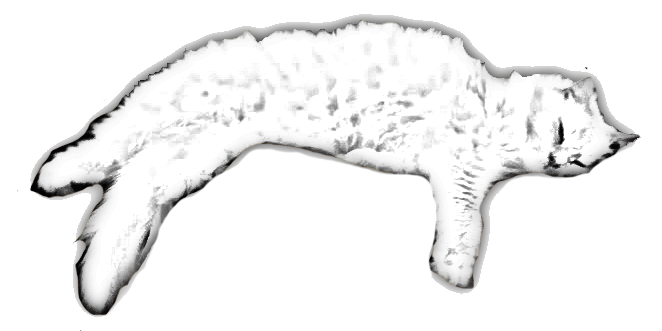Welcome to our journey into the extraordinary world of uncommon indoor cat breeds. Prepare to be amazed as we unveil the captivating history, unique physical characteristics, and fascinating personality traits of these rare feline companions.
But that's not all – we'll also dive into lesser-known health considerations and provide essential tips for caring for and owning these remarkable breeds.
Get ready to unlock the secrets and discover the wonders of these extraordinary indoor cats.
The Fascinating History of Rare Indoor Cat Breeds
As we delve into the fascinating history of rare indoor cat breeds, we discover the intriguing origins and development of these unique feline companions.
The origins of rare indoor cat breeds can be traced back to ancient times when humans started domesticating cats for their companionship and assistance in controlling pests. Over centuries, various breeds emerged through natural selection and deliberate breeding.
These breeds were often developed in specific regions or countries, resulting in distinct characteristics and appearances. As time passed, the popularity and demand for uncommon indoor cat breeds grew, fueled by their unique features, such as unusual coat patterns, striking eye colors, or rare genetic traits.
Today, these rare indoor cat breeds are highly sought after by cat enthusiasts and collectors worldwide, contributing to their status as treasured and exclusive companions.
Unique Physical Characteristics of Uncommon Indoor Cat Breeds
We can explore the unique physical characteristics of uncommon indoor cat breeds that set them apart from more common feline companions. These breeds exhibit unusual coat patterns and rare genetic mutations that make them truly one-of-a-kind.
Take, for example, the Selkirk Rex. This breed is known for its curly coat, which is a result of a genetic mutation that affects the hair shaft structure.
Another extraordinary breed is the LaPerm, with its wavy and curly coat caused by a different genetic mutation.
The Sphynx, on the other hand, is famous for its lack of fur, making it a truly hairless breed.
These uncommon indoor cat breeds showcase the incredible diversity and beauty that can arise from rare genetic mutations and unusual coat patterns.
Unveiling the Personality Traits of Rare Indoor Cat Breeds
The rare indoor cat breeds possess unique personality traits that distinguish them from more common feline companions. Understanding their behavior patterns is essential for owners who want to provide the best care and environment for these special cats.
Unlike their more popular counterparts, rare indoor cat breeds often exhibit distinct behavioral characteristics that require special attention and care. For example, some rare breeds may be more independent and aloof, while others may be more sociable and affectionate.
Additionally, owning rare indoor cat breeds also presents its own set of challenges, from socialization to training. These cats may require extra time and effort to become comfortable around strangers or to learn basic commands.
Lesser-Known Health Considerations for Uncommon Indoor Cat Breeds
Our research has revealed several lesser-known health considerations that owners of uncommon indoor cat breeds should be aware of.
These unique feline breeds often have specific dietary requirements that differ from more common breeds. It's crucial for owners to understand and meet these needs to ensure their cat's optimal health.
Additionally, uncommon indoor cat breeds may be prone to potential genetic health issues. Due to their limited gene pool, these breeds are more susceptible to certain hereditary conditions.
It's essential for owners to be aware of these potential health risks and work closely with their veterinarian to monitor and manage any genetic health issues that may arise.
Tips for Caring for and Owning Rare Indoor Cat Breeds
Owning rare indoor cat breeds requires careful attention and preparation to ensure their well-being and happiness. When it comes to training techniques for these uncommon feline companions, it's important to remember that each breed may have different needs and temperaments. Patience and positive reinforcement are key when teaching them new behaviors or tricks.
Utilizing clicker training or treats can be effective in encouraging desired behaviors. Additionally, finding a reputable breeder is essential in ensuring the health and quality of your rare indoor cat. Researching breeders who prioritize the welfare of their cats and follow ethical breeding practices is crucial. Look for breeders who are registered with reputable cat associations and have a good reputation within the cat breeding community.
Conclusion
In conclusion, the world of uncommon indoor cat breeds is a captivating and diverse one. From their fascinating history to their unique physical characteristics, these rare breeds offer a truly extraordinary experience for cat lovers.
Furthermore, their distinct personality traits and lesser-known health considerations make them a truly special addition to any home. By following the tips for caring for and owning these rare breeds, you can ensure a fulfilling and enriching relationship with your uncommon indoor cat.




0 Comments